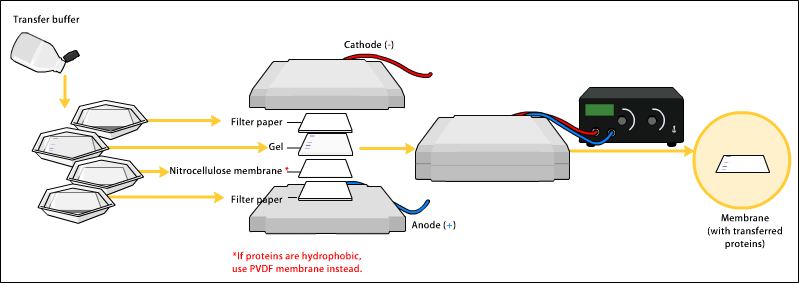Cancer is one of the most dangerous and the most spread
diseases all over the world, although it is not infectious.
A lot of people when they know their illness suffer very sad
and mostly lost hope in treatment, but Allah is capable of everything.
any defect in the content of microRNA affects on the cell which increases
the breeding terribly and tumor occurs in the organ component of these cell.
Let's explain how it affects the cell and makes carcinogenic
..
In the beginning, as we know, mRNA produced from the DNA which found on the chromosome , which turns into a specific protein by the translation.
MiRNAs are RNA genes which are transcribed from DNA, but are not translated into protein.
MiRNAs are small noncoding RNAs approximately 18–25 nucleotides in length .
MicroRNAs are produced from either their own genes or from introns.
After their maturity by an enzyme Drosha and DGCR8 in the nucleus they go to the cytoplasm.
These miRNAs stop the translation of mRNA by compiletary of it , that leads lost
the ability of enzymes to convert it to protein.
This change in the content of these proteins
may causes the cancer and in some cases it may be his inhibitor
the cancer can be treated in several ways:
Surgery
radiotherapy
chemotherapy













